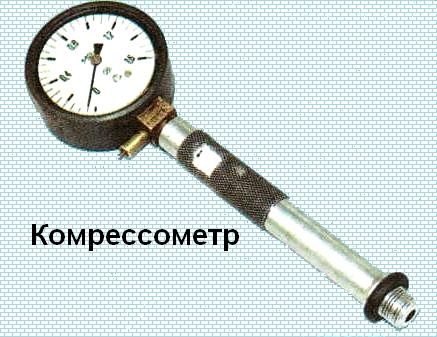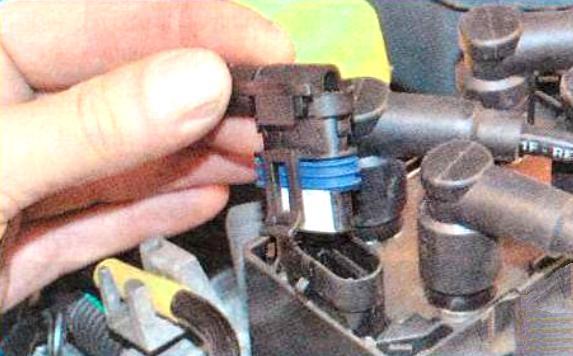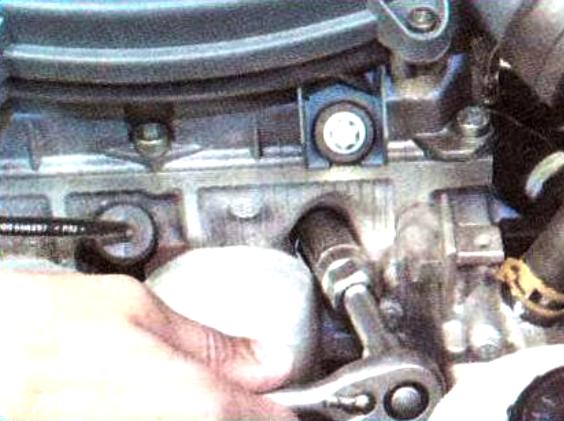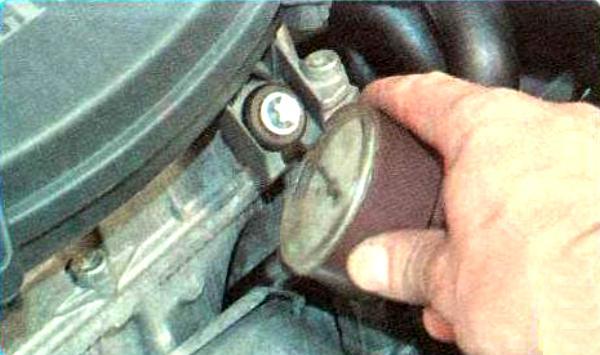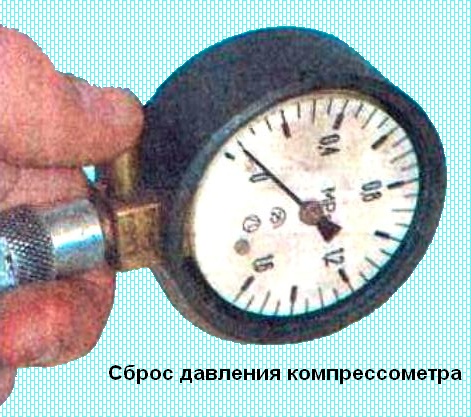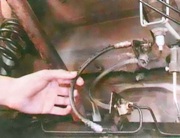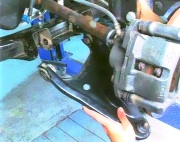Compression (pressure at the end of the compression stroke) in the cylinders is the most important indicator for diagnosing the condition of the engine without disassembling it
By its average value and by the difference in values in individual cylinders, it is possible to determine with a sufficient degree of accuracy the degree of general wear of the parts of the connecting rod and piston group of the engine and to identify malfunctions of this group and parts of the valve mechanism.
Compression is checked with a special device - a compression gauge, which is currently freely available at major auto parts stores.
This is what the compression gauge looks like. There are variants of compression gauges that have a rubber tip instead of a threaded fitting for screwing in instead of a spark plug.
When checking compression, such compression meters simply press strongly against the candle hole, important conditions for the correctness of readings when checking compression are the serviceability of the starter and its electrical circuits, as well as the full charge of the battery.
You will need a 16" socket wrench to remove the spark plugs.
Start the engine and warm it up to operating temperature.
Stop the engine, disconnect the low voltage wire harness connector from the ignition module
Cranking the engine with a starter with the tips of the high-voltage wires disconnected and the ignition module not disconnected can lead to breakdown of its high-voltage circuit.
Reverse all candles.
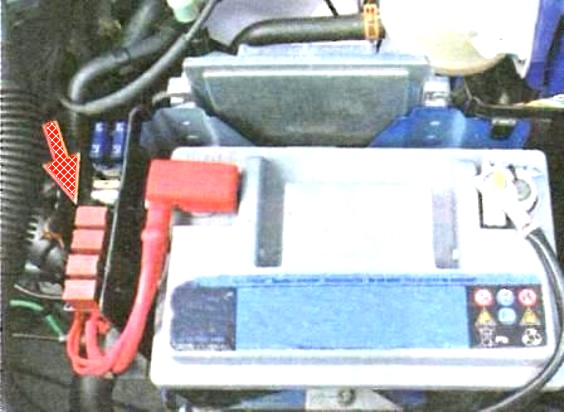
Turn off the fuel pump by removing its relay in the mounting block installed in the engine compartment.
Screw a compression tester into the spark plug hole of the cylinder to be checked.
Depress the accelerator pedal fully to fully open the throttle.
Engage the starter and crank the engine with it until the pressure in the cylinder stops increasing. This corresponds to approximately four compression cycles.
To obtain correct compression gauge readings, the crankshaft must rotate at a speed of 180-200 minutes or higher, but not more than 350 minutes.
By recording the compression gauge readings. set its pointer to zero by pressing the air release valve.
For compression meters of a different design, readings can be reset in other ways (in accordance with the instructions for the device).
Repeat steps 5-8 for the rest of the cylinders.
The pressure should not be lower than 1.0 MPa and should not differ in different cylinders by more than 0.1 MPa.
Lower compression in individual cylinders can result from loose valve seats, damaged cylinder head gaskets, broken or burnt piston rings.
Lower compression in all cylinders indicates worn piston rings.
To determine the cause of insufficient compression, fill the decompressed cylinder with about 20 cm3 of clean engine oil and re-measure the compression.
If the compression gauge goes up, the most likely piston failure isrings.
If the compression value remains unchanged, then this indicates a loose fit of the valve plates to their seats or damage to the cylinder head gasket.
The cause of insufficient compression can also be found by supplying compressed air to a cylinder in which the piston is pre-set at TDC on the compression stroke.
To do this, remove the tip from the compression gauge and attach the compressor hose to it.
Insert the tip into the spark plug hole and blow air into the cylinder at a pressure of 0.2-0.3 MPa.
In order to prevent the engine from turning over, engage a higher gear and apply the parking brake to the vehicle.
Air outlet (leakage) through the throttle assembly indicates an inlet valve leak, and through the muffler, an exhaust valve leak.
If the cylinder head gasket is damaged, air will escape through the expansion tank neck in the form of bubbles or into an adjacent cylinder, which is detected by a characteristic hissing sound.







